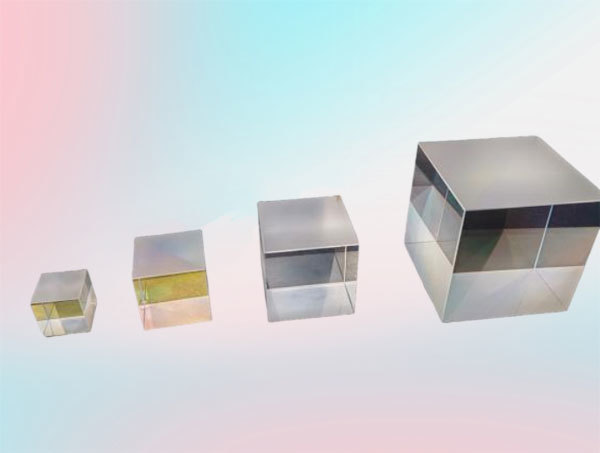Where are plano-convex lenses used?
Release Time:
2025-05-15
outline: Plano-convex lens is a lens with one flat side and one convex side, possessing light-converging Features, and is widely used in scenarios requiring light focusing or collimation.
A plano-convex lens, with one flat and one convex surface, features light convergence and is widely used in scenarios requiring focusing or collimating light. Here are its core applications:
1. Optical Imaging and Lenses
Camera/Phone Lenses: As a basic component, it converges light or combines with other lenses (such as concave lenses) to correct aberrations and improve image clarity (such as the convex lens group in phone lenses).
Projectors/Magnifying Glasses:
In projectors, it is used to magnify images and project them onto a screen;
Handheld magnifying glasses utilize the close-up magnification features of plano-convex lenses (an upright virtual image is formed when the object is within the focal length).
2. Lasers and Optical Instruments
Laser Focusing: Focuses a parallel laser beam into an extremely small spot, used for laser cutting and marking (such as the focusing lens in industrial lasers).
Beam Collimation: Converts the diverging light emitted from a point source (such as an LED or laser) into a parallel beam (plano-convex surface facing the light source), used for fiber coupling and sensor optical path design.
3. Fiber Optic Communication and Optoelectronics
Optical Coupling: Focuses and couples the light emitted by the light source into the optical fiber, improving transmission efficiency (such as the lens in the optical transceiver module).
Collimating Lens: A plano-convex lens is used at the output end of the optical fiber to convert diverging light into parallel light, used for long-distance transmission or optical detection.
4. Vision Correction (Auxiliary Scenarios)
Hyperopia Glasses: Some hyperopia glasses may use plano-convex lenses (convex surface outward), but biconvex lens designs are more common. Plano-convex lenses are more often used in specific optical systems rather than direct spectacle lenses.
5. Scientific Experiments and Teaching Aids
Basic Optical Experiments: Used to demonstrate the principles of light refraction and focusing, such as the convex lens imaging experiment in physics class.
Microscope/Telescope Auxiliary Components: Used as part of the objective or eyepiece in simple optical instruments (such as the objective lens of an entry-level telescope).
Core Advantages and Limitations
Advantages: Simple structure, low cost, easy to process, suitable for single-lens focusing or collimating scenarios.
Limitations: Spherical aberration (deviation of edge light focusing) and chromatic aberration exist. In complex systems, it needs to be combined with other lenses for correction (such as combining with a concave lens to form an achromatic lens).
Summary: The core value of a plano-convex lens lies in its unidirectional light convergence, widely used in scenarios requiring simple focusing, collimation, or magnification, and is indispensable as a basic optical component, especially in the fields of lasers, optical fibers, and imaging.
The Advantages of Using Birefringent Crystals in Optical Engineering
outline: The Advantages of Using Birefringent Crystals in Optical Engineering Table of Contents 1. Introduction to Birefringent Crystals 2. Understanding Birefringence 3. Unique Properties of Birefringent Crystals 4. Applications of Birefringent Crystals in Optical Engineering 4.1 Wave Plates 4.2 Polarizers 4.3 Interferometer
2025-12-16
Understanding Polarizing Optics: Enhancing Visual Clarity in Electronics
outline: Polarizing optics is a fascinating field that deals with the behavior of light waves as they interact with materials that can filter and manipulate light. This technology is widely used in various electronic components, especially in optoelectronic devices. Understanding the principles of polarizing optics can significantly enhance the performance of these devices, leading to clearer images and mo
2025-12-14
The Fundamentals of Optical Prism Geometry and Its Practical Applications
outline: The Fundamentals of Optical Prism Geometry and Its Practical Applications Table of Contents 1. Introduction to Optical Prisms 2. Understanding Geometric Properties of Prisms 3. Types of Optical Prisms 4. Light Refraction in Prisms 5. Applications of Optical Prisms 5.1 Prisms in Optical Instruments 5.2 Prisms in Spectroscopy 5.3 Pris
2025-12-12




